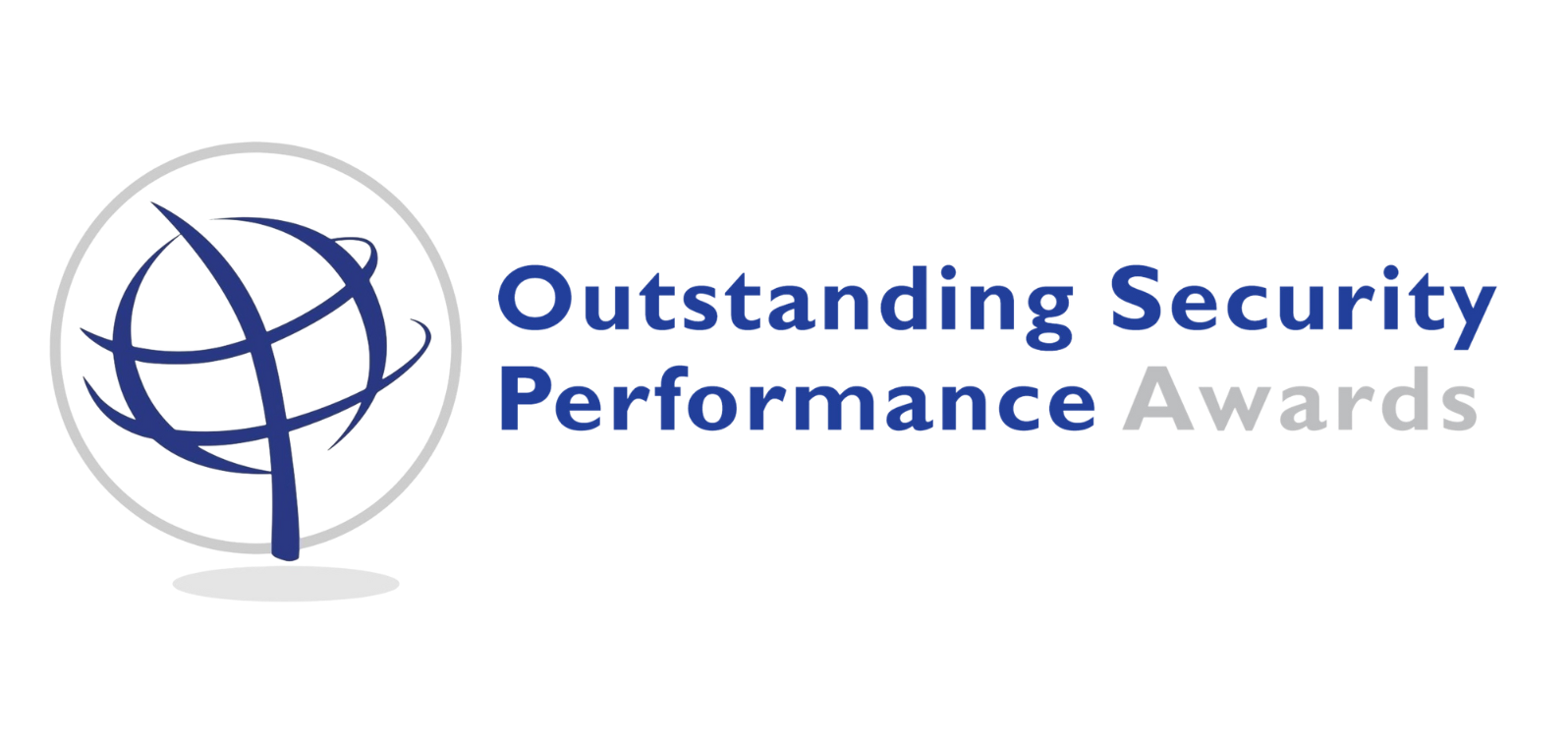
Chair: Martin Gill
Panellists:
Linda Howson – R&D: Future Security Solutions at Nedap (Netherlands)
Daniel Eborall – Director Global Business Development at IREX.ai (UK)
Roberto Manunta – Strategy and Security Advisor at Manunta Consulting (UK, Spain, Italy and Cyprus)
Key points
Linda Howson comments on a range of research themes that have focussed her attention for example, the administrative burden of security; the difficulty of explaining security situations to stakeholders; and the costs and how they can apply to different security scenarios. It sets a context for understanding where, how and crucially why technology fits with security. Security professionals need to prepare for the unknown, and to understand the ways in which their work, and the technologies they use, impact on the key values and goals of the organisation. Linda notes that technology increases the expertise of people, both in terms of what it takes to make the most of technology and in terms of specifying what security needs to do: it is unwise to blindly trust systems, there is a need for ongoing diligence and to adapt to cicumstances. One of the big risks is becoming complacent, creating a false sense of security. Real security professionals know policy and procedures are there to help, that technology can assist but never replace local expertise. Linda reminds us of the need to continue ask why, this is not done enough probably because of preconceptions.
Daniel Eborall has extensive experience of working in stadia. He starts by highlighting the power of technology generally, and AI specifically, to make a difference, and in particular to empower (not replace) security professionals. He gives examples of the different AI modules that can be used with cameras, e.g. to identify smoke, or overcrowding. He is critical of western society generally, of burying its head in its hands when it comes to facial recognition, often rejecting it because of privacy concerns. He wonders why it is appropriate to put faces of missing children on posters but not use cameras to find them? Of course it is concern about what else cameras can do while being used to find missing people; society does not trust security operatives. The point is that there is no established best practice for AI and facial recognition technologies and this undermines their attraction. This is true even though AI, for example, has enormous potential to assess behaviours and people and identify objects like weapons. Part of the problem is that the CSO is not powerful in organisations. The ability to develop ROIs for technology is changing that. The fact of the matter is that every context offers a different security scenario and it takes expertise to assess it; security is important to organisations even if that is not always recognised.
Roberto Manunta also starts by highlighting the benefits of technology, helping security reach its Holy Grail of being better, faster and doing these at a lower cost. He though makes a distinction between who designs technology, and who it is for, and who buys it, and why it is bought, and who uses it and who will be accountable for it. They are typically all different of course. As he makes clear, if the technology is not bespoke it cannot meet all needs. Moreover, from experience he notes that most often there is a lack of meaningful/effective procedures governing the workings say of automation and so it is left to the engineer to develop them on criteria evolved by the buyer when they are operated by the user and so on. The point is that there are many things to get right for technology to be effective. There is a fascinating discussion about a ‘false sense of security’, where for example people rely on security and fail to take the initiative or fail to focus on other non-technology skills which can and often are crucial. KPIs can help avoid a false sense of security developing, but there is a need to test against them, avoid complacency, this is a security skill in itself. Indeed, Roberto makes the point too that with automation there is a need for different more skilled security personnel, not less, albeit this may not yet always be recognised.
The development of technology, and the greater integration of it, is not an unqualified good. There is opportunity is there to improve practice but to do this well requires a range of skills at different levels, both technology ones but also operational ones to make things work. The potential is enormous but given the examples discussed in this webinar it is clearly still just work in progress.
Martin Gill
30th March 2021

